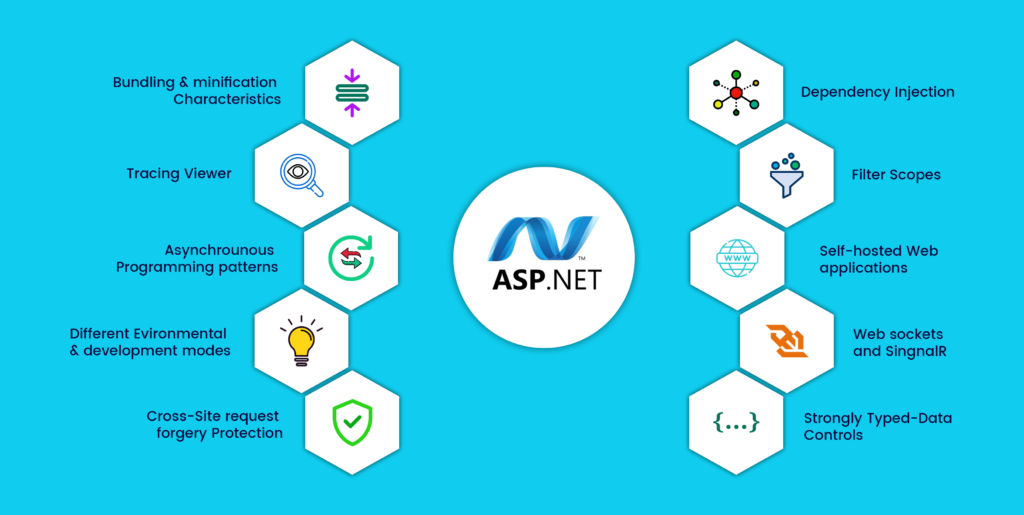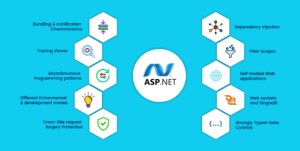Creating a robust e-commerce website is essential for any business looking to succeed online. PHP Development Solutions provide the perfect platform to build feature-rich, scalable, and secure e-commerce websites.
This guide will walk you through the key aspects of developing a PHP-based e-commerce website, ensuring you leverage the best PHP Ecommerce website Solutions available.
Why Choose PHP for E-Commerce Development?
Versatility and Flexibility
PHP is known for its versatility. It supports various frameworks such as Laravel, CodeIgniter, and Symfony, which offer robust features for e-commerce development.
Open-Source and Cost-Effective
Being open-source, PHP reduces the overall cost of development. Businesses can allocate resources more efficiently, focusing on other critical areas like marketing and customer support.
Also Read : The Ultimate Checklist for Successful Business Development Using PHP
Strong Community Support
PHP boasts a large, active community. This means abundant resources, tutorials, and forums are available to assist developers in overcoming challenges.
Key Features of PHP E-Commerce Websites
Customizable Design
PHP allows for highly customizable designs. You can create a unique and engaging user experience that aligns with your brand identity.
Secure Payment Integration
Security is paramount for e-commerce sites. PHP supports various secure payment gateways, ensuring safe transactions for your customers.
Efficient Product Management
PHP frameworks offer powerful tools for product management. This includes inventory tracking, product categorization, and seamless updates.
Also Read : The Ultimate Checklist for Successful Business Development Using PHP
Steps to Develop a PHP E-Commerce Website
1. Define Your Requirements
Before diving into development, outline your business goals and technical requirements. This will guide your development process and ensure your website meets your business needs.
2. Choose the Right PHP Framework
Select a PHP framework that best suits your project. Popular choices include Laravel for its elegant syntax and extensive libraries, and Magento for its e-commerce-centric features.
3. Design and Development
Focus on creating an intuitive and responsive design. Ensure that your website is mobile-friendly, as a significant portion of traffic comes from mobile devices.
Also Read : The Ultimate Checklist for Successful Business Development Using PHP
4. Integrate E-Commerce Features
Incorporate essential e-commerce functionalities such as shopping carts, payment gateways, product catalogs, and customer account management.
5. Test and Launch
Thoroughly test your website for any bugs or issues. Make sure it runs smoothly across different devices and browsers. Once testing is complete, launch your website.
Best Practices for PHP E-Commerce Development
Optimize for Performance
Ensure your website loads quickly. Slow loading times can deter potential customers and affect your search engine rankings.
Implement Strong Security Measures
Protect your site against common threats such as SQL injection, cross-site scripting (XSS), and data breaches. Regularly update your PHP version and use secure coding practices.
Enhance SEO
Optimize your website for search engines. Use clean URLs, meta tags, and ensure your content is SEO-friendly to improve your online visibility.
Also Read : The Digital Revolution in Fashion: How Technology is Shaping the Industry
Common Challenges in PHP E-Commerce Development
Scalability Issues
As your business grows, your website needs to handle increased traffic and transactions. Ensure your PHP e-commerce solution can scale effectively.
Integration with Third-Party Services
Integrating third-party services such as payment gateways, shipping providers, and CRMs can be complex. Choose compatible and reliable services to ensure seamless integration.
Maintaining Security
E-commerce sites are prime targets for cyber-attacks. Regularly update your security protocols and conduct security audits to safeguard your site.
Conclusion
Developing a PHP-based e-commerce website involves several critical steps, from defining requirements to launching the site. By leveraging PHP Development Solutions and following best practices, you can create a secure, scalable, and efficient e-commerce platform. This not only enhances your business growth but also ensures a seamless shopping experience for your customers.









